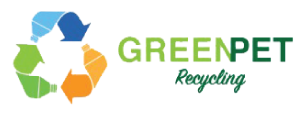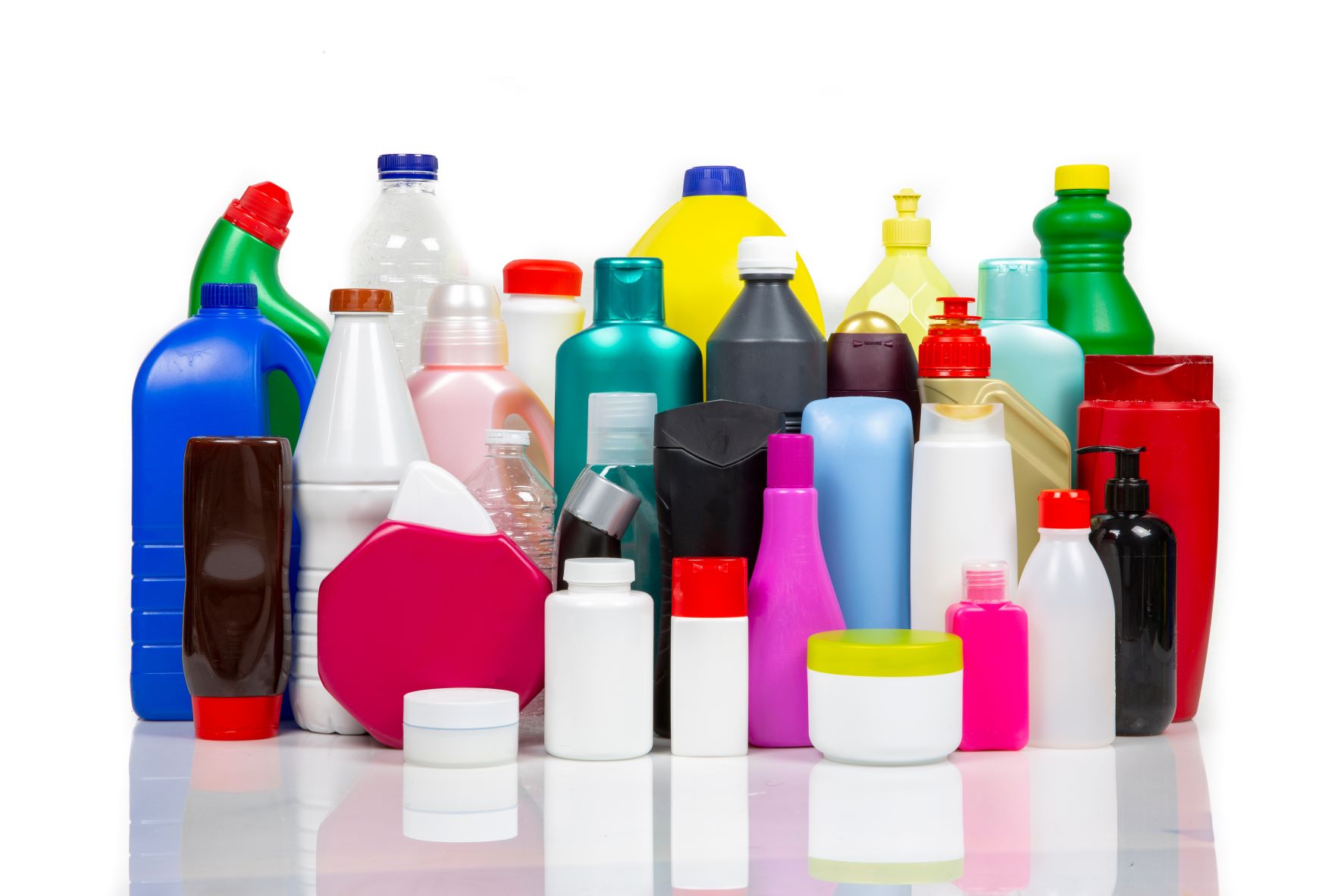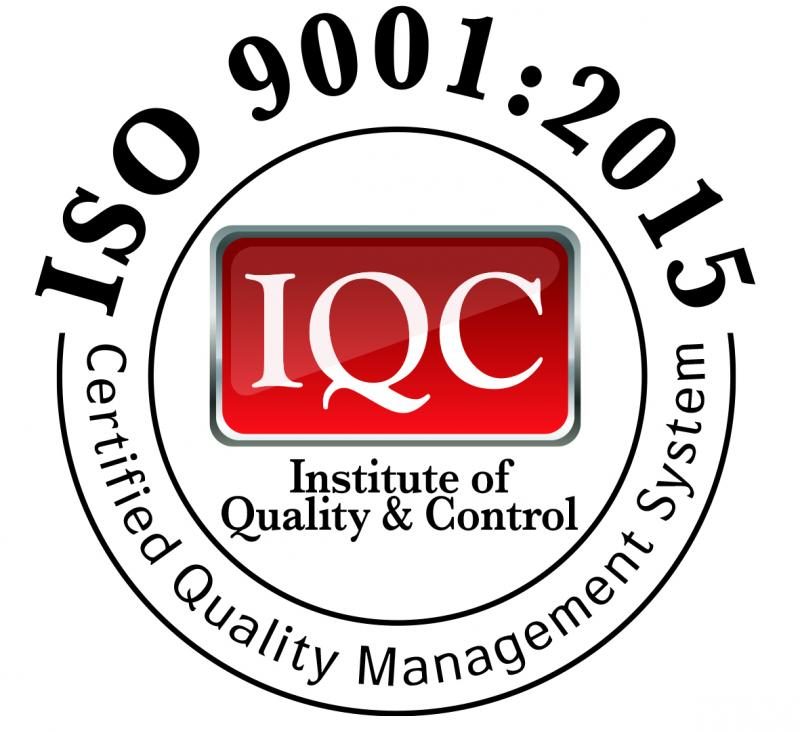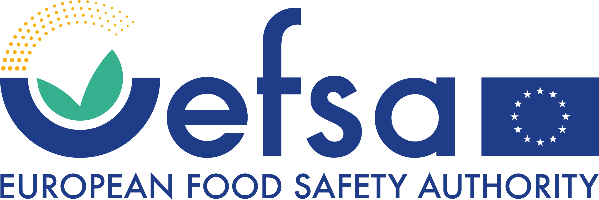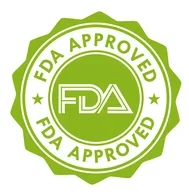HDPE is one of the most commonly used polymers in the plastics industry. Millions of items are produced from this material throughout the world every day, mainly disposable consumer products. We are happy to take part in the process of recycling waste into valuable raw material and in doing so to contribute to the circular economy.
What is in common with a fabric softener bottle, a plastic milk bottle and a plastic shopping bag? They are all made of the same polymer – HDPE, high density polyethylene. It is not surprising that it can be found everywhere as it is one of the most commonly used polymers in industry.
HDPE – Multiple Applications
Owing to this polymer’s versatile properties, it can be used to manufacture countless products. HDPE excels in its toughness, chemical resistance, gas barrier and high processability. Therefore, it is the ideal polymer for cleaning products and chemicals packaging, for bags that require toughness (as opposed to the flexible supermarket bags), milk bottles, and even for pipes, furniture, and textiles.
About Regulation and Recycling
The vast majority of flexible and rigid packaging contains polyethylene. The exception is plastic beverage bottles made of PET. As a result, the HDPE recycling stream also makes up a significant volume of household and industrial waste. However, while a specific collection solution was offered for PET bottles in the form of plastic bottle recycling bins, a concrete solution for polyethylene packaging was not available for a long period of time. Consequently, HDPE packaging found its way to these recycling bins alongside the many PET bottles. However, with the enactment in Israel of the Deposit Law for large PET bottles this solution is about to disappear. The plastic bottle recycling bins will most likely vanish from the public space and the collection of the remaining bottles that are not PET-based will have to shift to the orange bins.
IN THE FIELD OF REGULATION, WE SHOULD ALSO MENTION THE “PACKAGING LAW” THAT HAS BEEN IN EFFECT SINCE THE END OF 2011, WHICH REQUIRES ALL PACKAGING MANUFACTURERS AND IMPORTERS TO REPORT THE QUANTITIES OF PACKAGING THEY PRODUCE AND TO MAKE SURE TO REDUCE THEIR SENDING TO LANDFILL AND ENCOURAGE THEIR RECYCLING AND REUSE. THIS LAW WAS ENACTED AS PART OF THE DESIRE TO IMPOSE AN “EXPANDED MANUFACTURER’S WARRANTY” AND ENCOURAGE THE RECYCLING OF PACKAGING. COMPANIES ARE REQUIRED TO PRESENT THE STATE WITH A RECOGNIZED ENTITY THAT WILL HELP THEM REACH THE RECYCLING TARGETS REQUIRED BY THE STATE. AS A RESULT OF THE LAW, PUBLIC EDUCATION WAS STARTED TO SEPARATE WASTE ORIGINALLY, AND THEREFORE THE “ORANGE TIN” USED TO RECYCLE PACKAGING WAS INTRODUCED, BUT IT IS NOT ONLY INTENDED FOR THE COLLECTION OF PLASTIC PACKAGING AND THEREFORE ADDITIONAL SORTING OF THE HDPE STREAM IS NECESSARY FROM ALL PACKAGING THROWN IN THE ORANGE BIN.
With the expected disposal of additional waste into the orange bins, which up until now was disposed in the bottle recycling bins, local government must organize accordingly. The orange bin infrastructure, which is not managed as required in all locations, must be reinforced. Additional bins must be placed and their emptying must be increased.
We Give Waste a New Life
We receive HDPE waste, that will soon be exclusively collected in the orange bins, from several sources: local government, transition stations, waste sites and manufacturing plants. The waste undergoes meticulous sorting processes during which all foreign parts, including metals, carton, caps and more are removed. The waste is sorted by color and type, and then shredded and rinsed to remove chemicals and dust. The final recycled material is in the form of HDPE flakes and comes in several colors: blue, white, and also a mixture of colors only intended for use in dark and black products.
The recycled raw material is also used to produce a range of products, similar to those produced using virgin HDPE. Flakes from the recycled source are found in pipes, buckets, garbage bins, plastic pallets and containers for the cleaning product industry.
We invite packaging manufacturers and producers of HDPE products to collaborate with us – to use quality recycled raw material which will reduce their carbon footprint, help meet recycling targets, and of course protect the planet. We will also be glad to help by providing recommendations for planning HDPE-based recyclable packaging. We invite you to contact us and will be happy to embark on a joint project.
